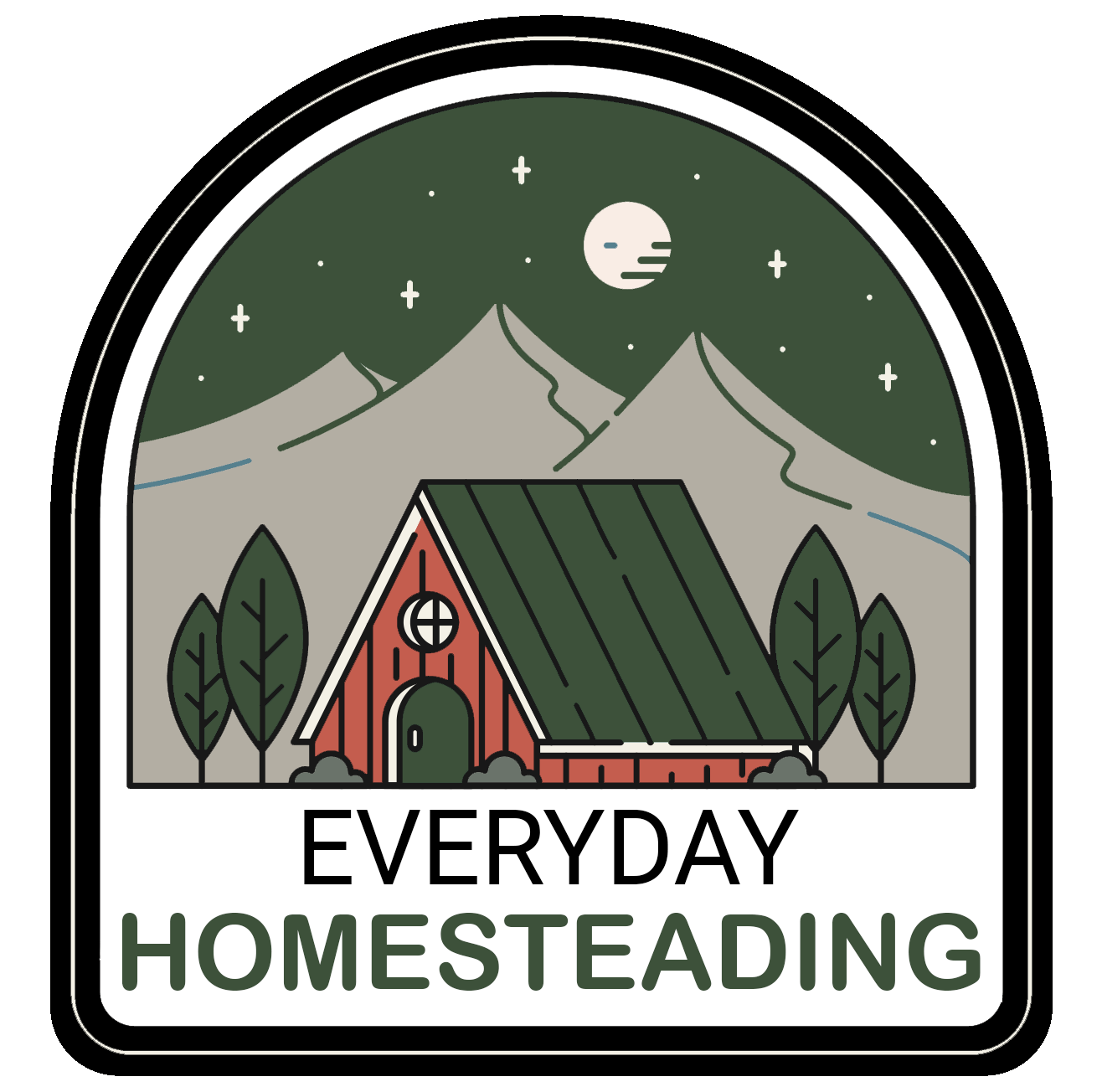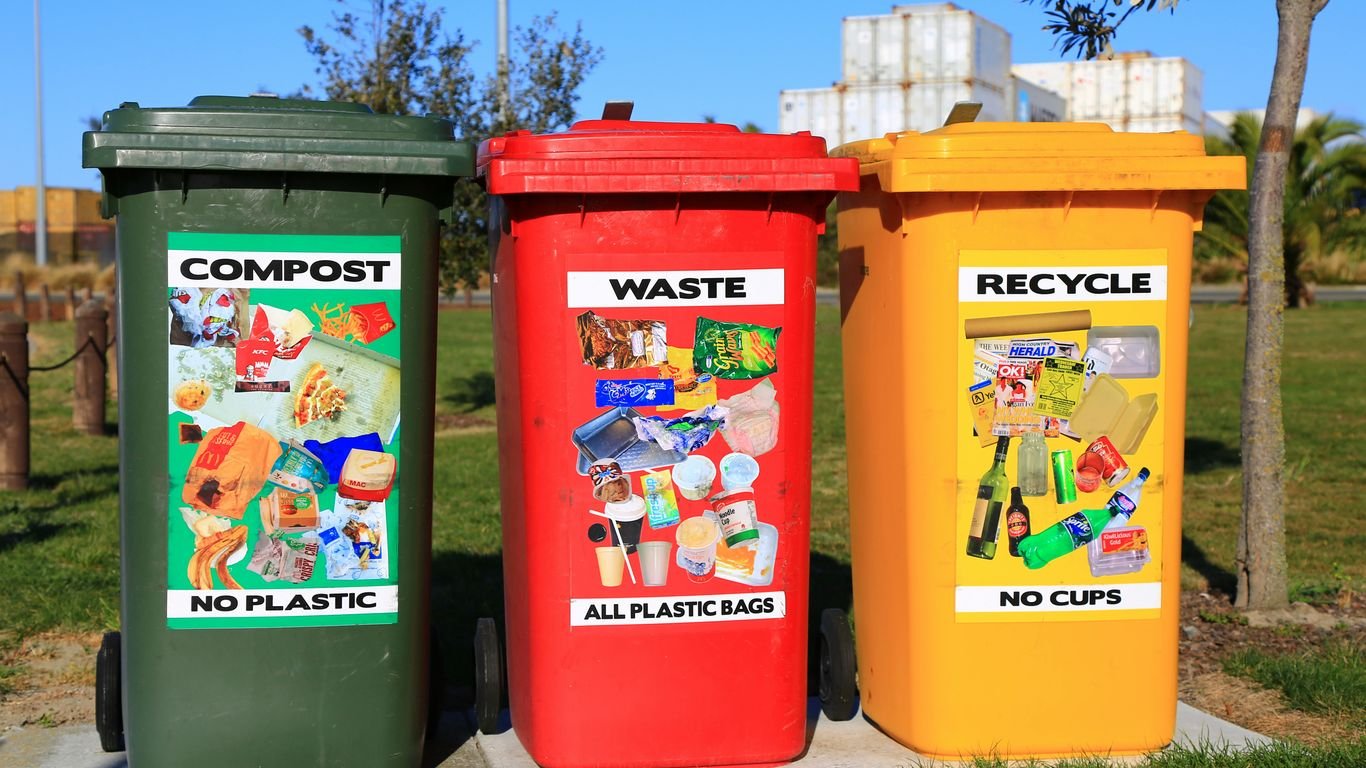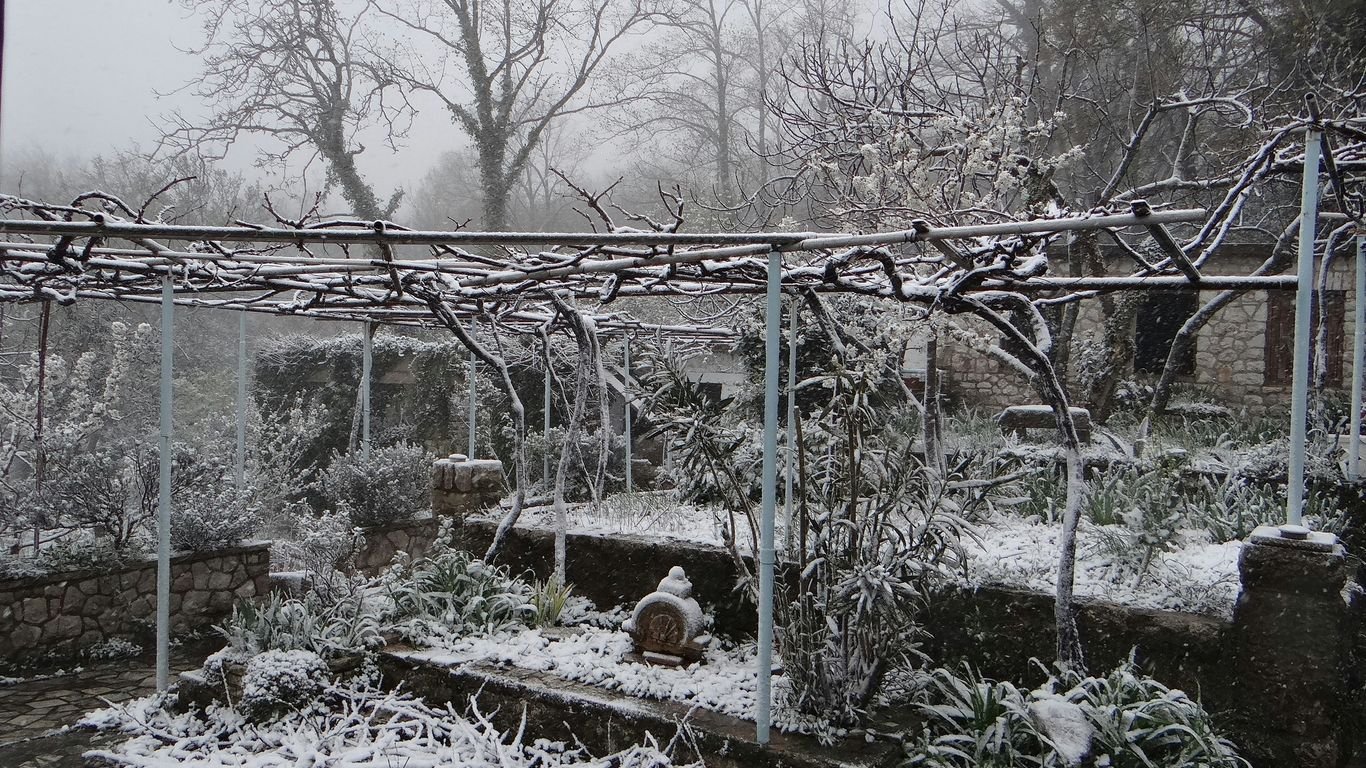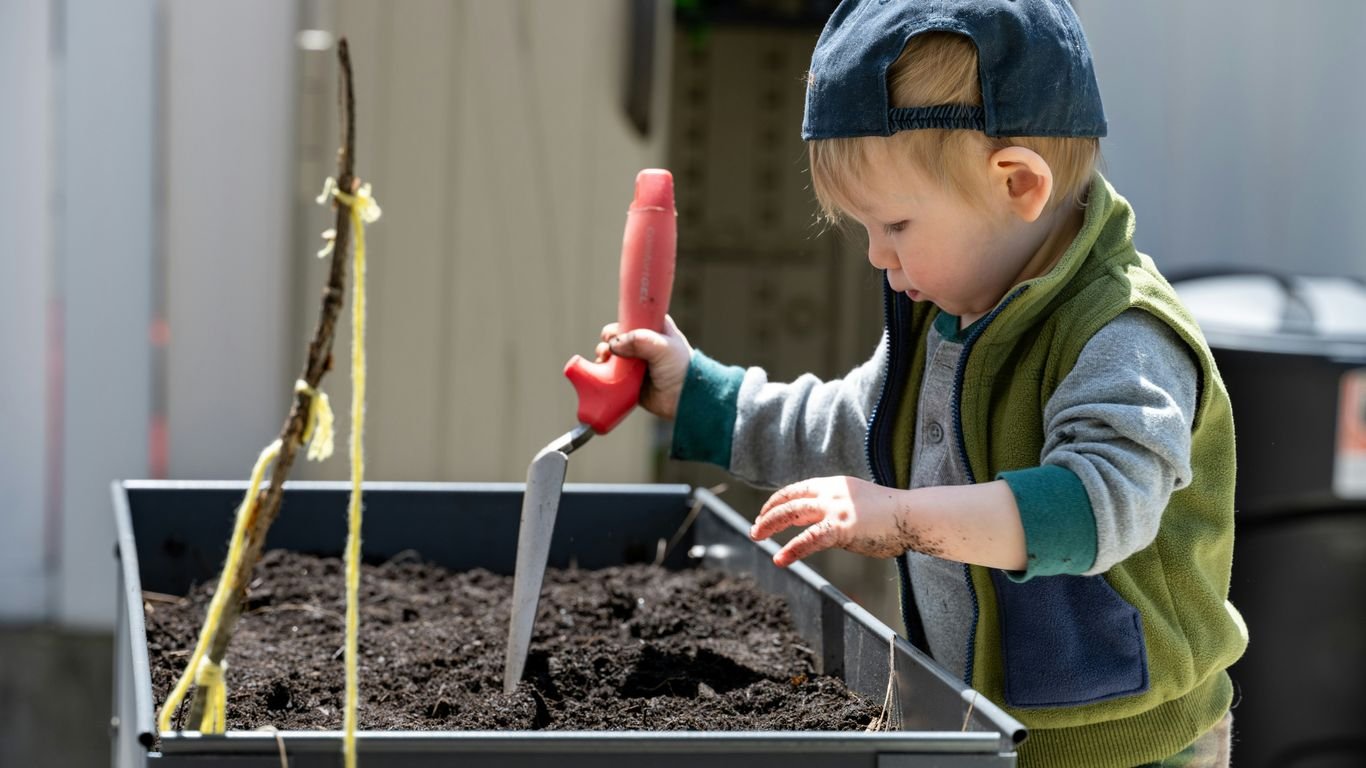Is Growing Potatoes Worth It? Cost, Yield, and Storage Analysis
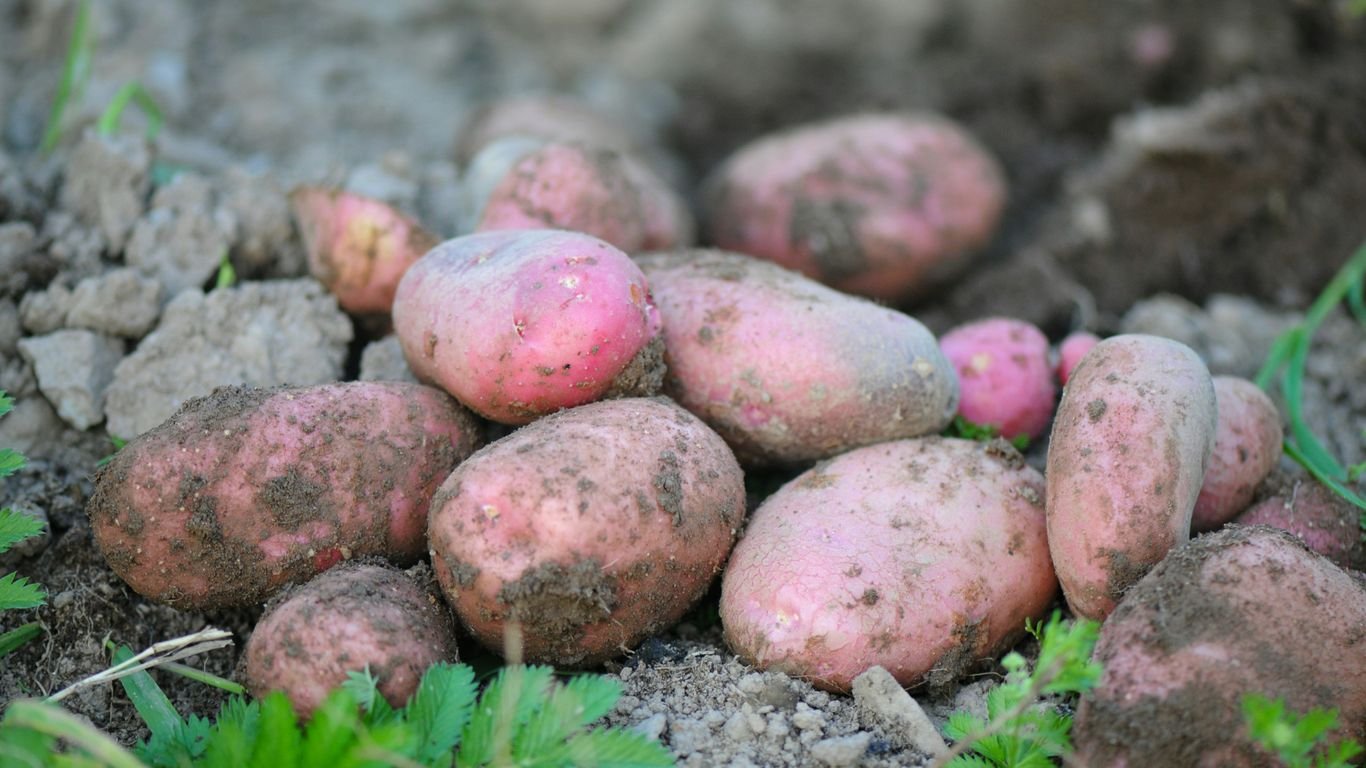
Thinking about planting some potatoes this year? We get it. It seems like a straightforward crop, but when we dug into the details, the growing potatoes cost really adds up. From the land itself to the equipment needed and the yearly expenses, it’s a bigger commitment than many realize. Let’s break down what it actually takes to get those spuds from the ground to your table, or the market.
Key Takeaways
- The initial investment in land, specialized equipment, and storage facilities for potato farming can easily run into millions of dollars.
- Annual costs for seed, fertilizer, pest control, and labor add significantly to the overall growing potatoes cost, often reaching thousands of dollars per acre.
- Achieving profitability requires careful calculation of yield potential against the cost per pound, as market prices can fluctuate unpredictably.
- Diseases and climate challenges necessitate ongoing investment in protective measures, further increasing operational expenses.
- The potato industry often follows a ‘go big or stay home’ model due to high capital requirements, leading to consolidation and larger farm operations.
Understanding The True Cost Of Growing Potatoes
When we think about growing potatoes, it’s easy to get caught up in the excitement of planting and harvesting. But before we even get a single seed potato in the ground, there’s a significant amount of money tied up. It’s not just about the cost of the seeds and fertilizer; the real investment starts much earlier.
First off, there’s the land itself. Good potato-growing land doesn’t come cheap. Depending on the location, we’re looking at prices that can easily run into the thousands of dollars per acre. For a farm that needs to rotate crops, meaning we can’t plant potatoes on the same field year after year, we actually need more land than we might initially think. If we’re aiming for, say, 500 acres of potatoes, we might need closer to 1,500 acres in total to allow for proper rotation. That’s millions of dollars just for the land. Then, we need a place to store all those potatoes once they’re harvested. A modern storage facility, equipped with climate control to keep the crop in good condition, can cost anywhere from a million and a half to two million dollars. So, just the land and a place to store the harvest can easily set us back several million dollars before we’ve even bought a single piece of equipment.
Speaking of equipment, this is another huge chunk of the upfront cost. We’re talking about tractors, plows, planters, sprayers, harvesters – the list goes on and on. Modern tractors alone, especially the powerful ones needed for potato farming, can cost a fortune. We might need several of these, plus a whole fleet of other specialized machinery. Think about plows, disc harrows, planters, tillers, sprayers, diggers, windrowers, harvesters, and even things like baggers and forklifts. All this gear adds up quickly. It’s not uncommon for the equipment costs to reach a couple of million dollars. It’s a serious capital investment that we need to be prepared for.
Once the land, storage, and equipment are sorted, the annual costs kick in. Every year, we need to buy seed potatoes, which can be a significant expense. Then there’s fertilizer to nourish the soil and keep the plants healthy, plus any necessary sprays to protect against diseases and pests. And let’s not forget labor. Farming is hard work, and we need people to help with planting, tending the crop, and harvesting. When you add up the cost of seed, fertilizer, chemicals, fuel, and labor, it’s estimated that it costs around $3,000 per acre to plant, grow, harvest, store, and sell a crop of potatoes. This figure can be even higher for table potatoes compared to those grown for processing. It’s a substantial annual outlay that we need to budget for carefully. We need to consider all these costs when we’re looking at the overall potato production estimates.
It’s easy to underestimate the financial commitment involved in potato farming. The initial outlay for land, storage, and equipment is immense, and the annual operating costs are equally significant. We need a clear financial plan to cover these expenses, especially since the market price for potatoes can fluctuate quite a bit from year to year.
Calculating Your Break-Even Point
So, we’ve talked about the costs, and now it’s time to figure out if all this effort actually pays off. This is where we get down to the nitty-gritty of our break-even point. It’s not just about how much we spend, but how much we need to sell to cover those costs and start making a profit.
Factors Influencing Potato Yield Per Acre
First off, let’s talk yield. This is probably the biggest variable we face. A lot of things can mess with how many potatoes we get from an acre. We’re talking about the weather, of course – too much rain or not enough can be a real problem. Then there’s the soil itself. Is it healthy? Does it have the right nutrients? We also need to consider the potato variety we choose. Some just naturally produce more than others. And let’s not forget about pests and diseases. A bad outbreak can wipe out a good chunk of our potential harvest.
- Soil quality and fertility
- Weather patterns (rainfall, temperature)
- Pest and disease pressure
- Chosen potato variety
- Farming practices (planting density, irrigation)
The Cost Per Pound To Turn A Profit
Once we have an idea of our yield, we can start figuring out the cost per pound. This means taking all our expenses – from seed and fertilizer to labor and equipment – and dividing it by the total pounds of potatoes we expect to harvest. Knowing this number is key to setting realistic sales targets. If our cost per pound is, say, $0.50, we need to sell our potatoes for more than that to make any money. It’s a simple calculation, but it really highlights where we need to focus our efforts to keep costs down and yields up.
Here’s a simplified look at how we might break it down:
| Expense Category | Estimated Cost | Cost Per Acre | Cost Per Pound (assuming 20,000 lbs/acre) |
|---|---|---|---|
| Land (Rent/Ownership) | $1,000 | $1,000 | $0.05 |
| Seed | $500 | $500 | $0.025 |
| Fertilizer & Amendments | $400 | $400 | $0.02 |
| Pesticides/Herbicides | $300 | $300 | $0.015 |
| Fuel & Machinery | $600 | $600 | $0.03 |
| Labor | $1,200 | $1,200 | $0.06 |
| Total Variable Costs | $4,000 | $4,000 | $0.20 |
This table doesn’t include fixed costs like equipment depreciation or insurance, which would add to the overall cost per pound. We also need to factor in potential losses during storage.
Market Price Fluctuations And Contracts
Now, the market price is where things can get a bit wild. Potato prices can swing quite a bit depending on supply and demand. Sometimes, we might get a great price, and other times, it might be barely enough to cover our costs. This is why looking into contracts can be a good idea. A contract can lock in a price before we even plant, giving us some certainty. However, we need to be careful. Sometimes, signing a contract means we might miss out on a higher price if the market really takes off. It’s a trade-off between security and potential profit. We have to weigh the risks and decide what works best for our operation each year.
We need to keep a close eye on market trends and understand the different types of buyers out there. Are we selling to a local market, a processor, or a large retailer? Each has different price structures and demands. Making informed decisions here can make a big difference in our bottom line.
We also need to think about the different types of potatoes and their market value. For instance, some sources suggest that processing varieties might offer a better return for the same input costs compared to crisping varieties, simply because they tend to yield more per acre. This is the kind of detail that can shift our break-even point significantly.
Navigating The Challenges Of Potato Farming

Farming potatoes isn’t just about planting and harvesting; it’s a constant dance with nature and the market. We’ve got to deal with things that can really mess with our yields and storage plans. It’s not always straightforward, and sometimes it feels like we’re up against a lot.
The Impact Of Diseases On Yield And Storage
Diseases are a big headache for us potato growers. Blight, for instance, can spread like wildfire in the right conditions, wiping out a whole field before we even get a chance to dig. Then there are soil-borne diseases that can linger for years, making certain fields tough to grow in. Even if we manage to get a good harvest, diseases can still cause problems in storage. Things like late blight or bacterial soft rot can turn a perfectly good pile of potatoes into mush pretty quickly if the temperature and humidity aren’t just right. We have to be super vigilant, scouting fields regularly and using protective measures, but sometimes, despite our best efforts, nature just throws a curveball.
Soil Health And Crop Rotation Practices
We’ve learned that just planting potatoes year after year just doesn’t cut it. Our soil needs care, too. It’s not just dirt; it’s a living thing. We’re focusing more on building up the soil’s health, not just feeding the plants. This means using cover crops between potato seasons. Things like clover or radishes can help improve the soil structure and add nutrients back. It also helps break the cycle of certain pests and diseases that love potato fields. Rotating our crops is key. We can’t plant potatoes in the same spot too often. This practice helps keep the soil balanced and reduces the buildup of specific problems that target potatoes. It’s a long-term game, but we’re seeing that healthier soil means healthier, more productive potato crops for us.
Climate Considerations For Potato Growers
Weather is probably the biggest factor we can’t control, and it’s becoming more unpredictable. We worry about too much rain at planting time, or not enough during the growing season. A sudden heatwave during tuber development can really affect size and quality. And then there’s harvest – we need dry conditions to get the crop out of the ground without damaging it. Frost is another concern, both early in the season and late. We’re seeing more extreme weather events, which means we have to be adaptable. Sometimes that means investing in better irrigation systems, or choosing potato varieties that are a bit more tolerant to stress. It’s a constant challenge to plan around what the sky might do.
The Economics Of Scale In Potato Production

When we talk about growing potatoes on a larger scale, it’s not just about planting more seeds. It’s a whole different ballgame, really. The phrase ‘go big or stay home’ feels pretty accurate here. We’ve seen a lot of consolidation in the potato industry over the last couple of decades. What does that mean for us? It means fewer farmers are growing way more potatoes than they used to. It’s a capital-intensive business, meaning you need a ton of money upfront.
Why ‘Go Big Or Stay Home’ Applies
Honestly, if you’re thinking about making a real go of it with potatoes, you probably need to think big. The costs involved are just massive. We’re talking about land, which can run anywhere from $2,000 to $3,500 an acre, and you need a lot of it, not just for planting but for crop rotation too. For a farm growing, say, 500 acres of potatoes, you might need 1,500 acres in total. That’s millions of dollars just for the land. Then there’s the equipment. We’re looking at tractors, plows, planters, harvesters, trucks – the list goes on and on. It’s easy to rack up another couple of million dollars for machinery. And don’t forget storage facilities; a modern one can cost upwards of $1.5 to $2 million. So, before we even plant a single potato, we’re looking at millions tied up in land, equipment, and storage. It’s a huge financial commitment.
Consolidation Trends In The Industry
Because of these high startup costs, the industry has really shifted. We’ve seen a trend where larger farms are buying out smaller ones, or smaller farms just can’t compete and have to close up shop. This consolidation means that a smaller number of growers are producing a much larger volume of potatoes. It’s a way to spread those massive fixed costs over more acres and more pounds of potatoes, making the operation more efficient per unit. It’s tough for smaller operations to keep up with the technology and the sheer volume needed to be profitable in today’s market.
Leasing Land Versus Owning It
Given the high cost of land, leasing is a big part of the picture for many growers. Even if a farmer owns some land, they often lease additional acreage to meet their rotation needs and scale of operation. The lease rates are usually tied to the land’s value, so even leasing isn’t cheap. It’s a strategic decision that depends on cash flow, available capital, and long-term plans. Some might prefer the security of owning, while others might opt for the flexibility that leasing provides, especially when starting out or expanding. It’s all about managing that significant investment in land and storage.
The economics of scale are undeniable in potato farming. The sheer amount of capital required for land, machinery, and storage means that larger operations often have a significant cost advantage per pound of potato produced. This drives consolidation and makes it challenging for smaller farms to compete without a very specific niche or market advantage.
Strategic Decisions For Potato Growers
Growing potatoes isn’t just about sticking seed in the ground and hoping for the best. There are strategy calls we need to make every season, and honestly, some of these decisions can be the difference between profit and disappointment. Let’s break down the main areas we all need to think about—but keep it real, because farming potatoes is already complicated enough.
Matching Potato Varieties To Market Needs
Let’s face it: picking the right variety is like picking a winning sports team before the season starts. Not every potato makes sense for every customer. We have to consider:
- End use – Are we growing for fries, chips, fresh eating, or seed?
- Processor specs – Some buyers want high solids, while others care about shape or flavor.
- Storage behavior – Will these sit in our sheds for months, or are they going out fast?
- Local growing conditions – Our fields might handle diseases, heat, or drought differently than farms even a few miles away.
It comes down to matching what we grow with who’s buying. Sometimes that means juggling multiple varieties based on contract demands, field histories, or even future crop rotation needs. We’ve all learned what happens if we don’t: wasted money and potatoes nobody wants.
Optimizing Seed Physiology For Growth
Planting healthy seed is more than just buying the newest stock. The way we manage seed potatoes before they hit the dirt can change our whole season. Here’s what we pay attention to:
- Load the right age: Older seed lots get planted earlier, so we don’t end up with wild, tangled sprouts.
- Warm slowly: We move seeds from the cooler gradually, giving them time to wake up without stressing out.
- Avoid long sprouts: Fragile sprouts break, which can wreck our stand and hurt yield.
- Pre-sprouting, if needed: Especially up north, sprouting seeds in a controlled room can give us a nice, even stand.
If we skip this step and just dump whatever’s left in the bin, we’ll see weak stands, patchy fields, and a lot more work come harvest.
The Importance Of Soil Mapping Technology
We can’t guess our way through potato farming anymore. Soil mapping tech is our best bet for getting every plant off to a strong start.
- Maps can show how soils change from one end of the field to the other—stuff we’d never notice with just a shovel.
- Targeted fertilizer application means less waste and more potato growth right where we need it.
- We can track things like moisture, compaction, and even disease risk in real time.
Here’s a simple comparison of old-school versus tech-driven soil management:
| Approach | Fertilizer Efficiency | Risk of Spotty Crop | Cost Over Time |
|---|---|---|---|
| Guess-based (traditional) | Low | High | Variable, often up |
| Data-driven (soil mapping) | High | Low | More up front, less later |
The short version: a bit more work (and tech) at the start pays off in fewer surprises, steadier yields, and lower costs when the season gets tough.
So, are strategic decisions worth it? After a few seasons of trial and error, most of us will agree: yes, if we want to stay in the potato game, we have to plan smarter—not just harder.
Harvesting And Storing Your Potato Crop

So, we’ve put in the work all season, and now it’s time for the payoff. Harvesting and storing potatoes might seem straightforward, but honestly, it’s where a whole season’s effort can either shine or go down the drain. It’s the final, critical phase, and our main job now is to protect what we’ve grown.
Timing Your Harvest For Peak Quality
When do we actually pull the trigger on harvest? It’s not just about looking at the calendar. We need to check the potatoes themselves. We’re looking for that sweet spot where the tubers are fully grown, the skin is set (meaning it won’t rub off easily), and the dry matter content is just right for whatever we plan to do with them – whether that’s selling them fresh, processing them, or storing them for later. Harvesting at the right physiological window is key to getting the best yield and quality. We often test things like dry matter and specific gravity weekly. If the skin is still weak, we might wait a bit longer to avoid damage. It’s all about being smart with our timing.
Protecting Your Yield During Harvest
Potatoes are delicate, especially when they’re ready to come out of the ground. Bruises, cuts, and scrapes during harvest aren’t just ugly; they open the door for diseases and make the potatoes not last as long in storage. We’ve learned to be gentle. This means:
- Reducing drop heights as much as possible. Think soft landings at every transfer point.
- Matching conveyor belt speeds to how fast the crop is coming out, so things don’t pile up and get crushed.
- Tuning up our equipment, like brush rollers, to handle different tuber sizes without scuffing them.
- Keeping clod and debris removal systems clean so they don’t accidentally send potatoes onto hard surfaces.
- Making sure everyone on the harvest crew knows how to handle the tubers carefully, understanding what kind of damage to avoid, especially when the soil is cold or the potato skins are thin.
We’ve found that a systems approach to equipment setup and rigorous operator training makes a huge difference. It’s about treating the potatoes with respect from the moment they leave the soil.
Temperature Control For Long-Term Storage
Once they’re out of the ground and handled with care, getting them into the right storage environment is the next big step. For potatoes we want to keep for a while, temperature and humidity are everything. We aim for cool, dark, and humid conditions. Ideally, we’re looking at temperatures around 45°F (7°C) for most storage varieties. Keeping them consistently cool slows down their metabolism, which reduces sprouting and shrinkage. We also need good air circulation but without drying them out too much. Getting this right means our potatoes can last for months, ready for market or our own use well into the next year’s planting season.
So, Should We Grow Potatoes?
After looking at all the numbers and the hard work involved, it’s clear that growing potatoes isn’t just a simple backyard hobby. It’s a serious business that needs a ton of land, expensive equipment, and careful planning to deal with things like weather and diseases. While it can be rewarding, the costs are high, and making a profit means everything has to go just right. For most of us, buying potatoes from the store is probably the way to go, but it’s pretty amazing to think about what goes into getting those spuds from the field to our kitchens.
Frequently Asked Questions
How much does it really cost to start growing potatoes?
Getting into potato farming is a huge investment. Just for the land, specialized equipment like tractors and harvesters, and storage buildings, we’re looking at millions of dollars. Then, each year, we have to spend more on things like seed potatoes, fertilizer, and labor. Some estimates put the yearly cost to plant, grow, harvest, store, and sell an acre of potatoes at around $3,000.
What’s the minimum yield we need to make money?
To even break even, we’d need to get paid about 10 cents for every pound of potatoes we grow, assuming we have a good yield of 30,000 pounds per acre. But yields can change a lot depending on the year, the weather, and the type of potato we’re growing.
What are the biggest problems that can hurt our potato crop?
Diseases are a major worry because they can really cut down how many potatoes we harvest and how well they store. Also, the weather plays a big role. Our climate can sometimes make it tough, and we often need to use chemicals to fight off problems like blight.
Why do big farms seem to do better than small ones?
The potato business is set up so that ‘go big or stay home’ is pretty much the rule. It’s incredibly expensive to get started, so fewer farmers are growing more potatoes now than in the past. This means farms have gotten much larger over the years to be able to handle the costs.
How do we choose the best potato varieties to grow?
We have to be smart about picking potato types. It’s not just about what grows well; we need to think about what people want to buy – like for chips or fries – and how well each type stores. We often grow different kinds on different fields to match the land and the market.
When is the best time to harvest, and how do we keep them good?
Harvesting at just the right time is super important for getting the best quality potatoes. We watch things like how firm the skin is and how much starch is in them. After harvesting, keeping them at the right temperature is key to making sure they last a long time in storage without spoiling.



